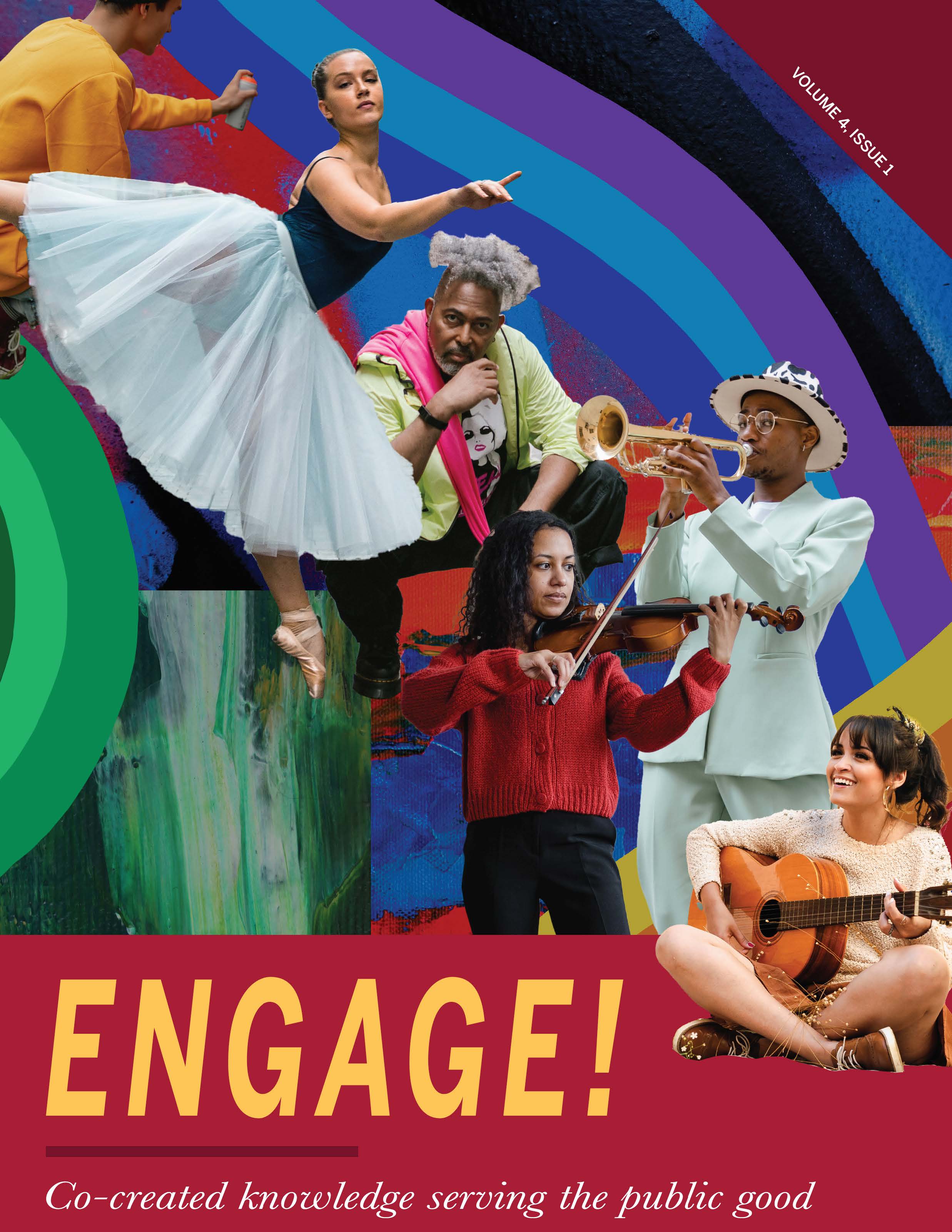Measuring Impact
A Collaborative Community Project to Measure Peace Building
DOI:
https://doi.org/10.18060/26021Keywords:
Peace, community engagement, impact evaluation, restorative justice, occupational therapyAbstract
Peace is a prerequisite for creating an environment in which all people have the capacity to live safe and productive lives and to engage in meaningful activities and occupations; however, creating caring communities and measuring the impacts of peace is a challenge. To address this concern, nonprofit organizations strive to promote equity and justice by engaging in both direct service and advocacy work. One local nonprofit, the Peace Learning Center, works to promote peace in the Indianapolis community through a variety of innovative educational and advocacy programs, including equity learning, restorative practices, social emotional learning, and family learning. Uniquely, occupational therapists engaging in community-based work provide a lens through which key environmental factors, such as peace, are viewed as vital in consideration of the context surrounding a person and provide a perspective of how peace can affect the tasks and performance in which people are able to engage. Through a semester-long collaborative partnership, Indiana University occupational therapy doctoral candidates and the Peace Learning Center conceptualized peace and created implementable tools for measuring the impacts of the nonprofit’s efforts on peace building in the Indianapolis community. The following outlines the evaluative process that the student group performed and provides replicable tools and recommendations for surveying peace building impacts in K-12 restorative justice programming. By implementing these peace-measuring assessments, the Peace Learning Center will be able to gather both qualitative and quantitative data about perceived safety, violence, and peace from youth and parents in the communities that the organization serves. Recognizing the need for program evaluation, occupational therapy students have provided the Peace Learning Center with vital outcome measures that can lead to program remodeling, content recreation, and improved training, resources and follow up for facilitators, all within the profession’s scope of practice in the community-based realm.
Downloads
Published
Issue
Section
License
Copyright (c) 2022 Johnna Belkiewitz, Jessica Flores, Jocelyne Hernandez, Alex Prentice, Rachel Smith, Dountonia Batts, Victoria Wilburn Garcia

This work is licensed under a Creative Commons Attribution-NonCommercial 4.0 International License.

